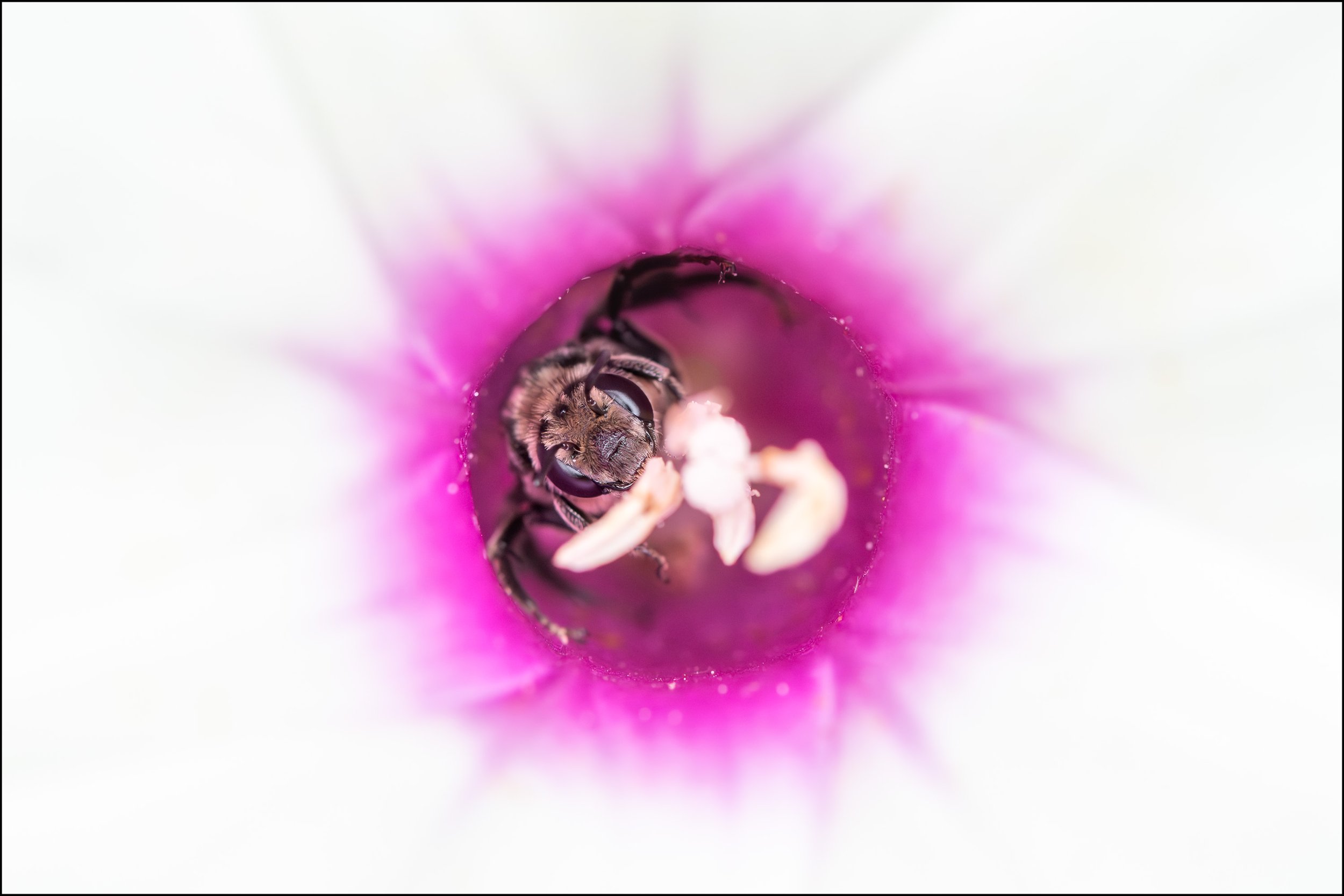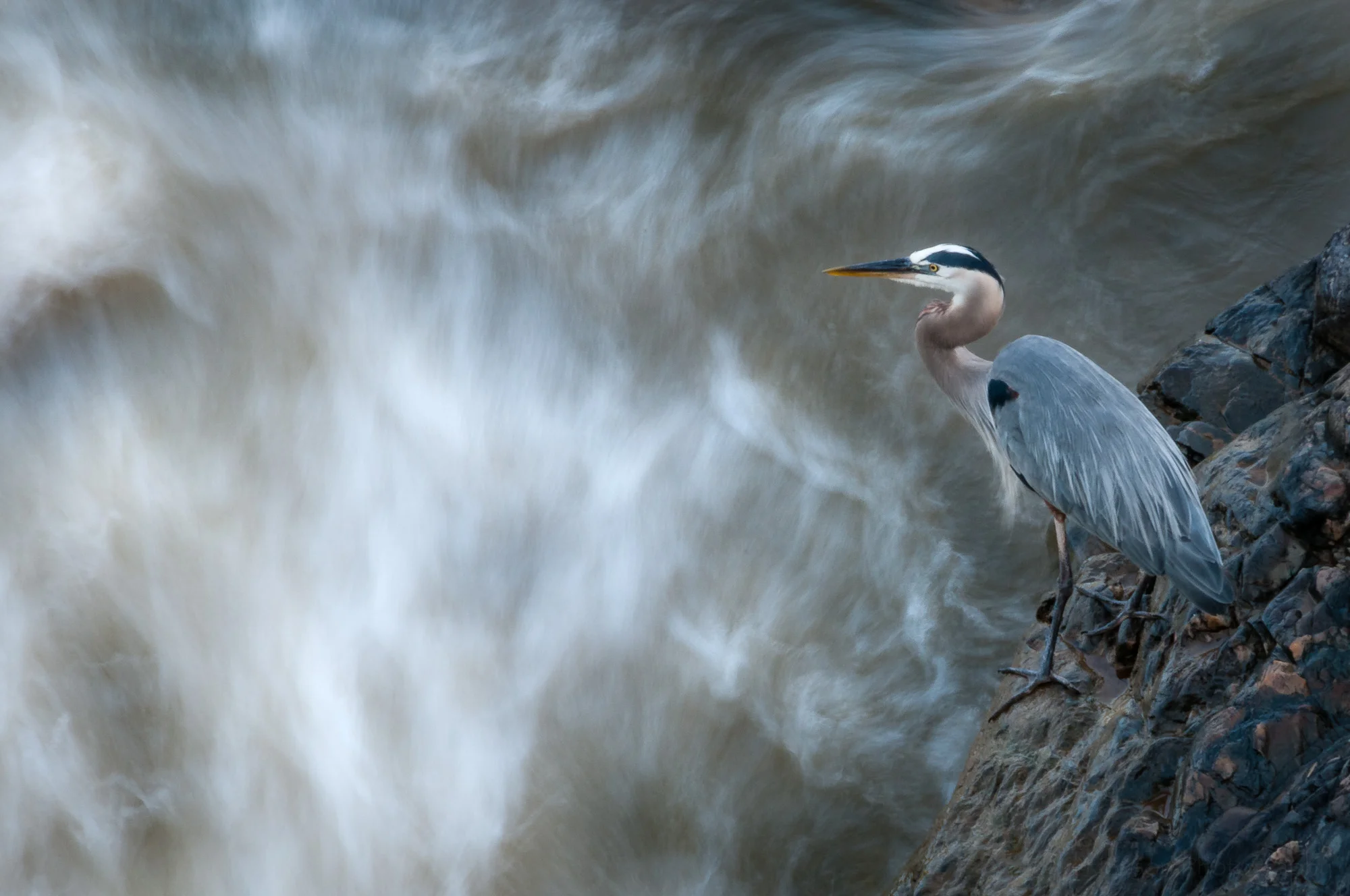South Fork Rapids, January 2021
I continue exploring South Fork Quantico Creek, both looking for new sections and returning to previously visited sections in search of something different than I’d seen before. And I’ve not been disappointed.
This photograph was created January 3rd, so it’s one of the first photographs of the new year. We’d had some rain in the days prior so the water levels were high and the trails were muddy. It was fun watching backwoods joggers navigating the trails from a distance, how they had to slow way down in very muddy sections to keep from slipping. It was also somewhat cold, even with the thin gloves I sometimes carry. But I often took the gloves off so I could better control the camera. Granted, these gloves have slits in the fingers but I guess I’ve not gotten used to using them yet.
For this expedition I did as I’ve been doing a lot lately, bringing a single lens and perhaps a selection of filters and forcing myself to find compositions within the constraints of that focal length (or range of focal lengths if using a zoom lens). In this case it was an old 50mm f/1.4 lens, the kind without vibration reduction and where autofocus requires a motor in the camera instead of being located inside the lens, which is far more common these days. On the front of the lens I attached my Singh-Ray LB Warming Circular Polarizer. All this was mounted atop my tripod and I had on my water proof boots letting me get out into the creek just a bit.
I love this section of the creek and I continue looking for new ways of capturing it, and opening myself up to the lessons nature’s willing to teach. Framing a scene with a fixed focal length lens can be a challenge as you can’t always move closer or further back to get in less or more of the scene or to avoid that branch that keeps jutting out into view. And being a fixed focal length means there’s no zoom. So you have to make do, moving as you’re able, angling as you can, taking advantage of the height of the tripod to get down lower or higher. Using a 50mm lens contracts the scene more than the 16-35mm lens would, bringing more distant parts of the scene in closer, making each part of the scene seem closer together. The wider angle of a 16-35mm can stretch things out a little more. Those are some of the tradeoff and benefits of using different focal lengths.
I’d extended the tripod up fairly high to let us see as much of these rapids as possible and how they extended into the background a short ways. I chose an angled view of the creek, focusing on a section of rapids, only showing one shore, and standing as close as I could to the stronger flow without drowning my boots. I took advantage of the polarizing filter to reduce some of the reflections on the water, helping give portions of it the nice dark brown tone picked up from the rocks below. This also helped reduce reflections on the rocks and leaves, creating darker more saturated colors. I’m working on a future post that will better demonstrate the effects a polarizing filter can have on these sorts of scenes.
Regarding exposure, the primary concern here was shutter speed. I wanted one slow enough to show the motion of the water but not so slow as to completely smooth it out. So I experimented with a range of times and settled on just under half a second (0.4 sec). I liked the patterns this created. The browns in the water, especially the lighter ones reminded me of root beer (which I love) and some of the strongly moving sections reminded me of stretching taffy (maybe root beer taffy). Yes, I have a bit of a sweet tooth.
As for post-processing, I did my usual edits in Adobe Lightroom with the majority of the work being a fair bit of dodging and burning to darken and lighten various sections. I wanted to keep many of the whites fairly bright and I wanted some of the darker areas nice and dark creating a rich contrast between different sections and showing off the beautiful patterns of the flowing water and the rocks over which it flowed.
In the end I’m pleased with the results. But, as always, I look forward to returning and trying to do better, learning from each of these shoots and hoping to apply those lessons in the next one. And of course, just bringing along a different lens and all the options and constraints that come with it. Every outing is something new to look forward to, even if I don’t bring a camera or create any photographs. It can be both relaxing and exhilarating being out in the woods and along the creek. I hope I never tire of it.
Thanks for reading, and let me know your thoughts in the comments below.
Do you enjoy these posts?
Sign up to receive periodic emails with updates and thoughts. Don’t worry, I won’t spam you. And please consider purchasing artwork or products from my online store, and using my affiliate links in the sidebar to the right when shopping online.
I appreciate your support!



























